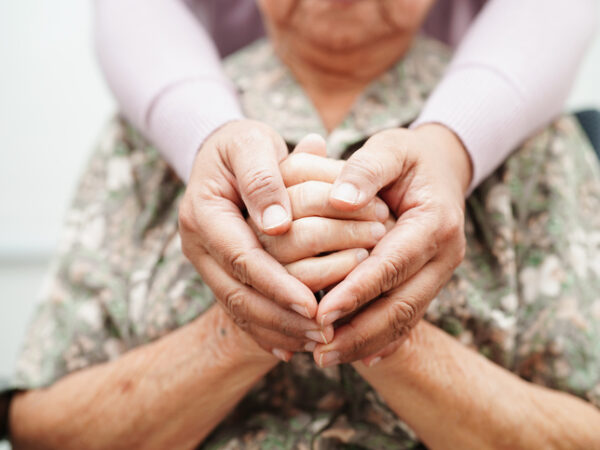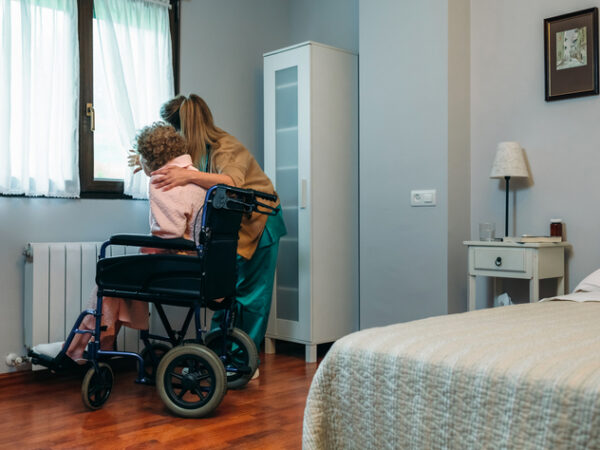With greater longevity and health span, more older adults are continuing to not only live independently but lead active and engaged lives well past traditional retirement age. In addition to spending time with family, volunteering, or working, grey romances are also flourishing. But they don’t always lead to the alter or even co-habitation.
According to a recent New York Times article, dating older adults have many more things to consider before committing to living together or marrying. For seniors who have become single later in life due to the loss of a spouse or through a divorce, the decision to live with someone new and quite possibly become their caregiver can be a deal-breaker.
The divorce rate among people over the age of 50 has doubled since the 1990s and although more older adults are coupling up again, fewer are getting remarried. Older women, who often outlive their male partners, may cherish a loving and supportive intimate relationship but are worried they will spend the next chapter of their lives in the role of caregiver again. After raising a family, caring for a spouse, and looking after the needs of aging parents, many women aren’t keen on giving up all their time and energy to someone else’s needs again.
Older adults who have lived alone for some time may find they enjoy having their own space and although they would welcome a committed relationship, prefer to “live apart together”(LAT). This arrangement allows for a romantic commitment without sharing a home. As Sex and the City 2 put it, “we have the luxury to design our lives the way we want”.
Once a LAT relationship is established, partners tend to focus on providing emotional support to one another and may offer some caregiving as needed while maintaining their other interests and activities. According to social science researchers, couples who do not marry or live together are not expected to bear the same full-time caregiving load as married partners.
Keeping your own living space provides independence and the ability to create a lifestyle that is both healthy and loving. Caregiving can be a tremendous burden and many older adults who provide full-time care for a loved one recovering from surgery or who have become ill, often experience worsening health themselves. By collaborating with family, friends, and healthcare professionals, the caregiving load can be shared, avoiding placing all the physical and emotional weight on a romantic partner.
Read more about LAT and older adults by following this link to a recent research article by University of Western Ontario scholar Ingrid Arnet Connidis, published in the Journal of Marriage and Family.






Add Your Voice
0 Comments
Join the Discussion